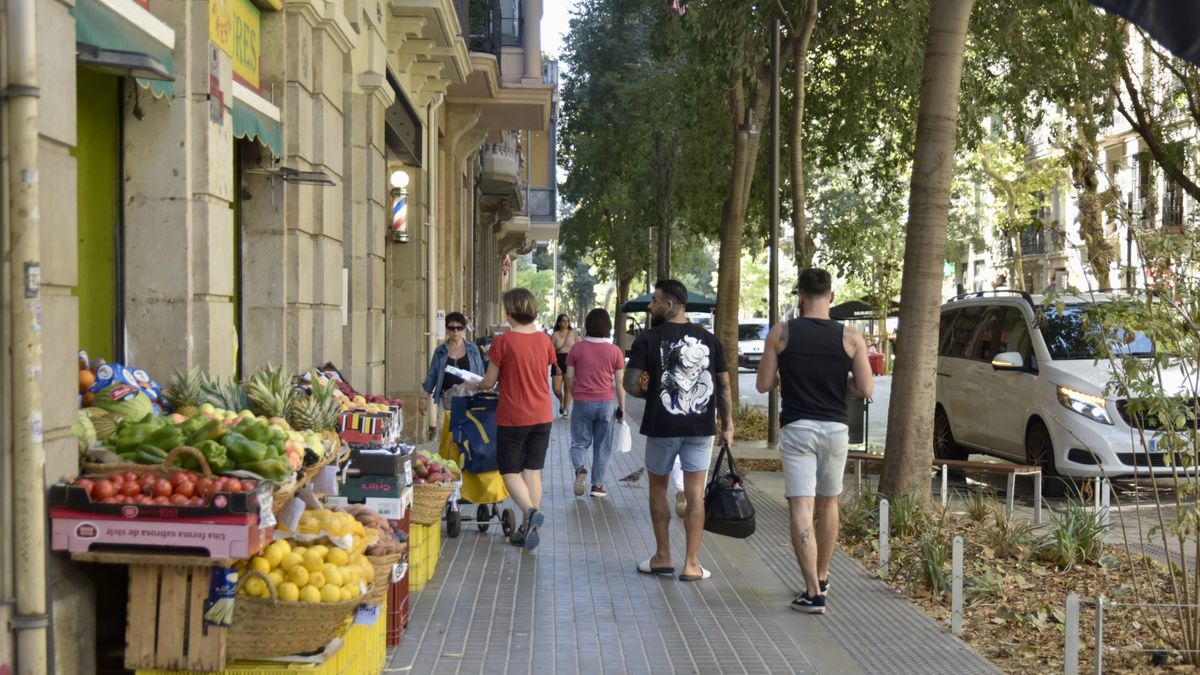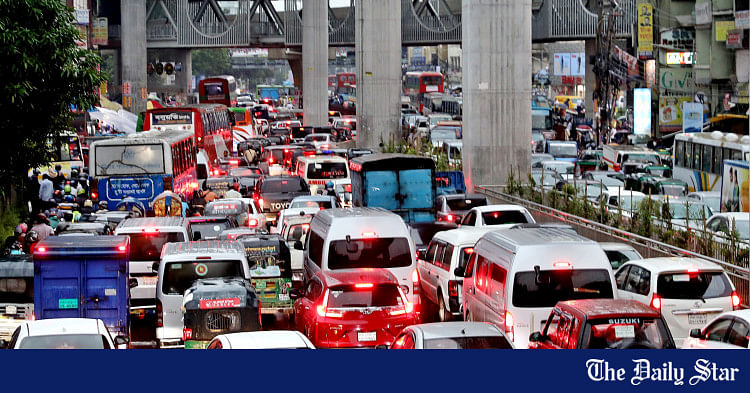


Dhaka, the capital city of Bangladesh, has been identified as the slowest city in the world due to its consistently low average traffic speed. According to an analysis of traffic speed in over 1,200 cities in 152 countries, the average speed of traffic in Dhaka has slowed down to 4.8km per hour in 2022 from 21km per hour in 2007 [31c1f5b8]. This alarming decrease in traffic speed can be attributed to several factors, including the focus on building private-car-friendly infrastructure without developing a robust public transport system.
One of the main reasons for the persistent traffic congestion in Dhaka is the poorly managed and controlled bus transport system. The buses in Dhaka are overcrowded, poorly maintained, and provide a low-quality service. They are primarily owned by politically influential private bus owners, which further exacerbates the problem. As a result, more people are opting to buy private cars, leading to a significant increase in traffic congestion [31c1f5b8].
To address the traffic crisis in Dhaka, it is crucial to revamp the public bus system and discourage private car usage. The public bus system needs to be better managed and provide a higher quality of service to attract commuters. Additionally, the government should prioritize the development of a multimodal transportation system that integrates various modes of transport, such as buses, trains, and cycling infrastructure. This approach would provide commuters with more options and reduce reliance on private cars, ultimately alleviating traffic congestion [31c1f5b8].
The situation in Dhaka highlights the importance of investing in public transport infrastructure and adopting a comprehensive approach to urban planning. By prioritizing the development of a multimodal transportation system and improving the quality of public transport services, cities can mitigate traffic congestion and create a more sustainable and efficient transportation network. It is crucial for policymakers in Dhaka and other cities facing similar challenges to learn from this experience and take proactive measures to address their traffic woes.
A recent study conducted in 794 cities across the world found that more than half of the respondents still commute to work by car every day. The study analyzed the transportation patterns of around 850 million people and revealed that cities in America and Canada have the lowest rates of walking and public transport usage. In contrast, few people drive in Asia's big cities, and in Europe, smaller cities tend to have more active travel while big cities rely on public transport [05a5d226].
The study also highlighted that the 100 least active cities in terms of walking and public transport usage are all found in North America, with Birmingham, UK being the least active city outside of North America. On the other hand, Quelimane, Mozambique was identified as the most active city. The study found that larger cities tend to be less active than smaller ones, and doubling a city's income is associated with 37% more car journeys. However, some cities like Singapore and Paris have implemented policies to encourage car-free transportation, recognizing the need to reduce congestion and promote sustainable modes of travel [05a5d226].
The findings of this study further emphasize the importance of promoting walkability and investing in public transport infrastructure. By creating pedestrian-friendly cities and improving public transport systems, cities can encourage more active travel and reduce reliance on cars. This not only helps alleviate traffic congestion but also has positive impacts on air quality, public health, and overall quality of life. As the number of cars globally continues to rise, it becomes increasingly crucial for cities to prioritize sustainable transportation options and implement policies that support car-free travel [05a5d226].
Urban planners in the United States are considering implementing superblocks, an urban planning concept gaining traction in Europe. Superblocks aim to promote more pedestrian traffic and fewer vehicles without eliminating cars. The concept involves reallocating street space to prioritize people over vehicles. City planners argue that prioritizing the well-being of communities requires a departure from the status quo [9d26d68d].